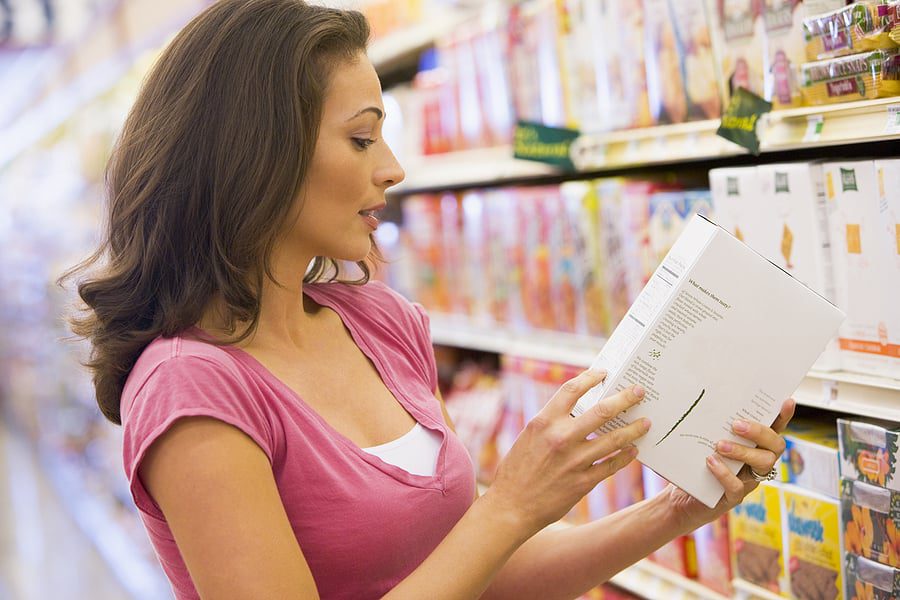
Yeast-Free vs. Gluten-Free
Yeast-free…gluten-free…what’s the difference? Aren’t they both really healthy eating plans?
If you’ve joined our crusade and eliminated yeast from your eating plan for the past several weeks, you have probably stumbled upon products that are presented as “gluten-free.” It’s so easy to get confused by all the different eating plans out there, so let’s briefly review the difference between yeast-free and gluten-free.
First things first, yeast-free is always gluten-free. During a yeast cleanse, you eliminate all grains, which immediately makes the yeast-free eating plan gluten-free. It’s that simple. Gluten, as you are probably aware, is found in grains such as wheat, barley, rye and triticale (a cross between wheat and rye). Yeast is found in many more food products, such as grains, sugar, milk products and alcohol.
That being said, gluten-free is not necessarily yeast-free. As mentioned, a gluten-free eating plan is the simple elimination of grains, however, those following a gluten-free eating plan are still permitted to eat dairy and sugar, both which are big no-no’s on the yeast-free eating plan.
We cannot stress how important it is that you read all food labels, especially those that tout themselves as “gluten-free.” For example, many cereals are promoted as gluten-free since they don’t necessarily contain wheat, rye or barley. However, they could still contain other unhealthy ingredients, like refined sugars. Read labels thoroughly so that you’re not misled.
To sum it up and make a long story short:
• Gluten-free means the elimination of grains.
• Yeast-free means the elimination of grains, as well as yeast, yeast products, sugar, milk, milk products and alcohol.
And remember:
• Any food that is yeast-free is always gluten-free.
• Any food that is gluten-free is not always yeast-free.


